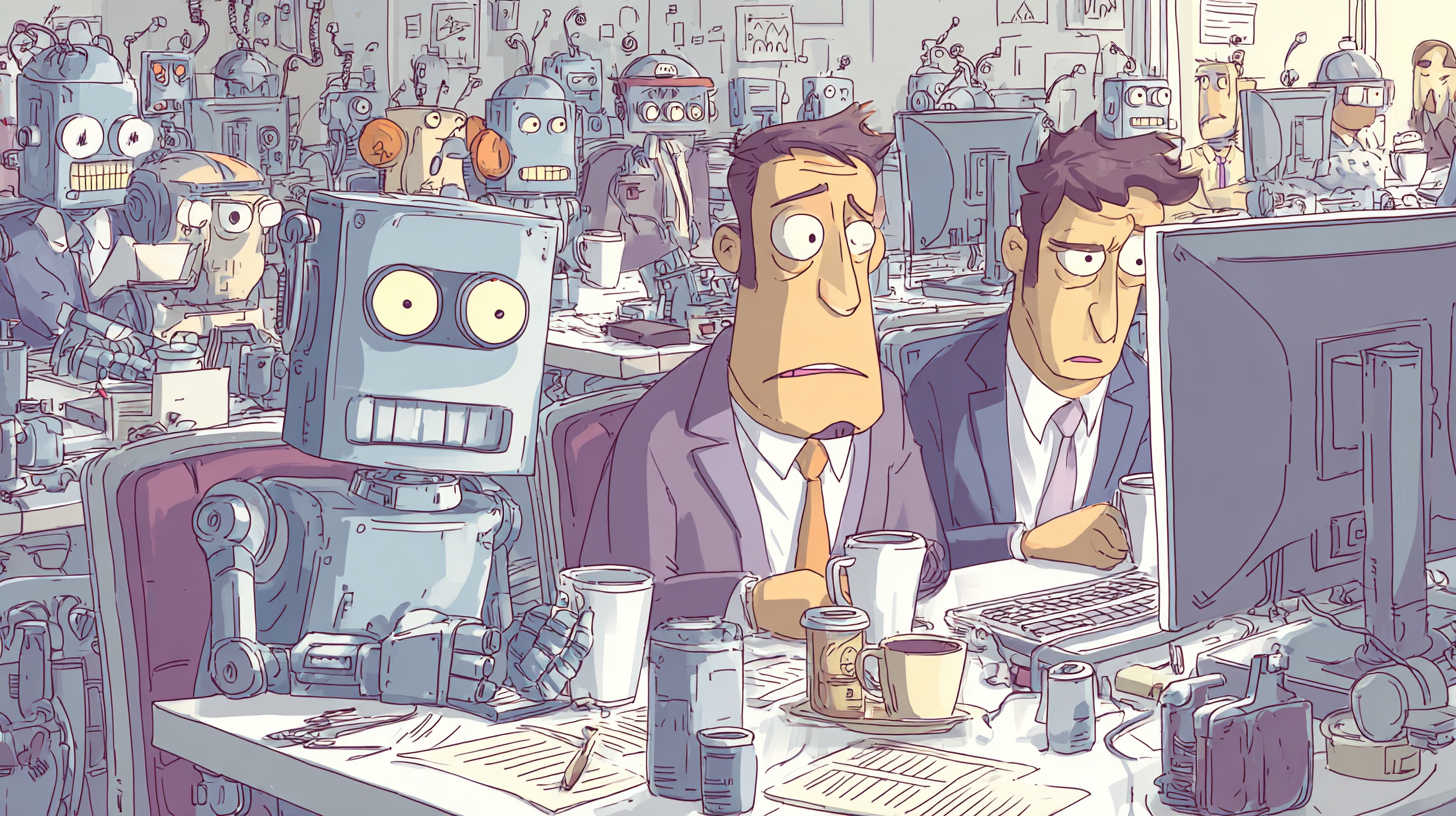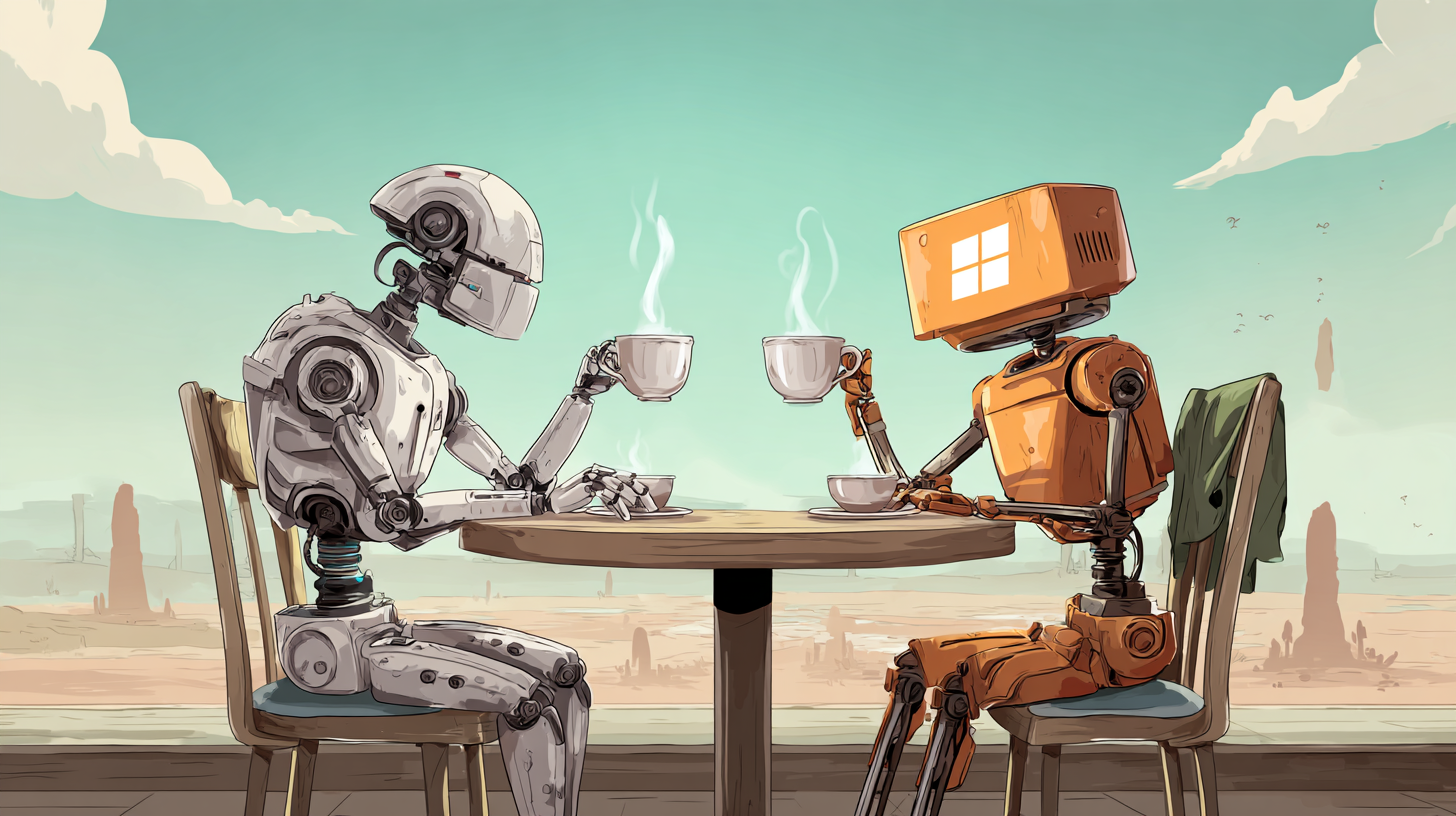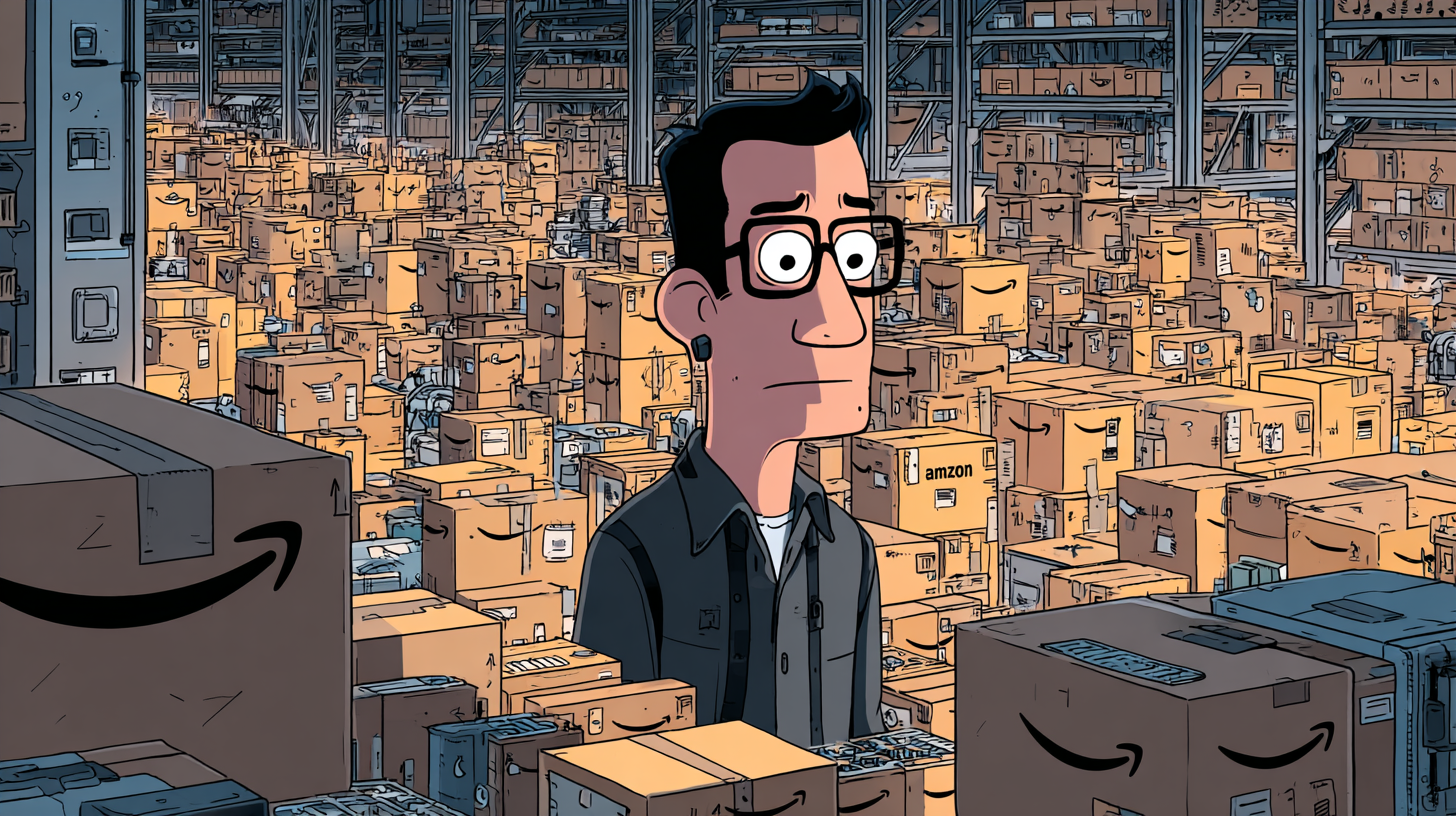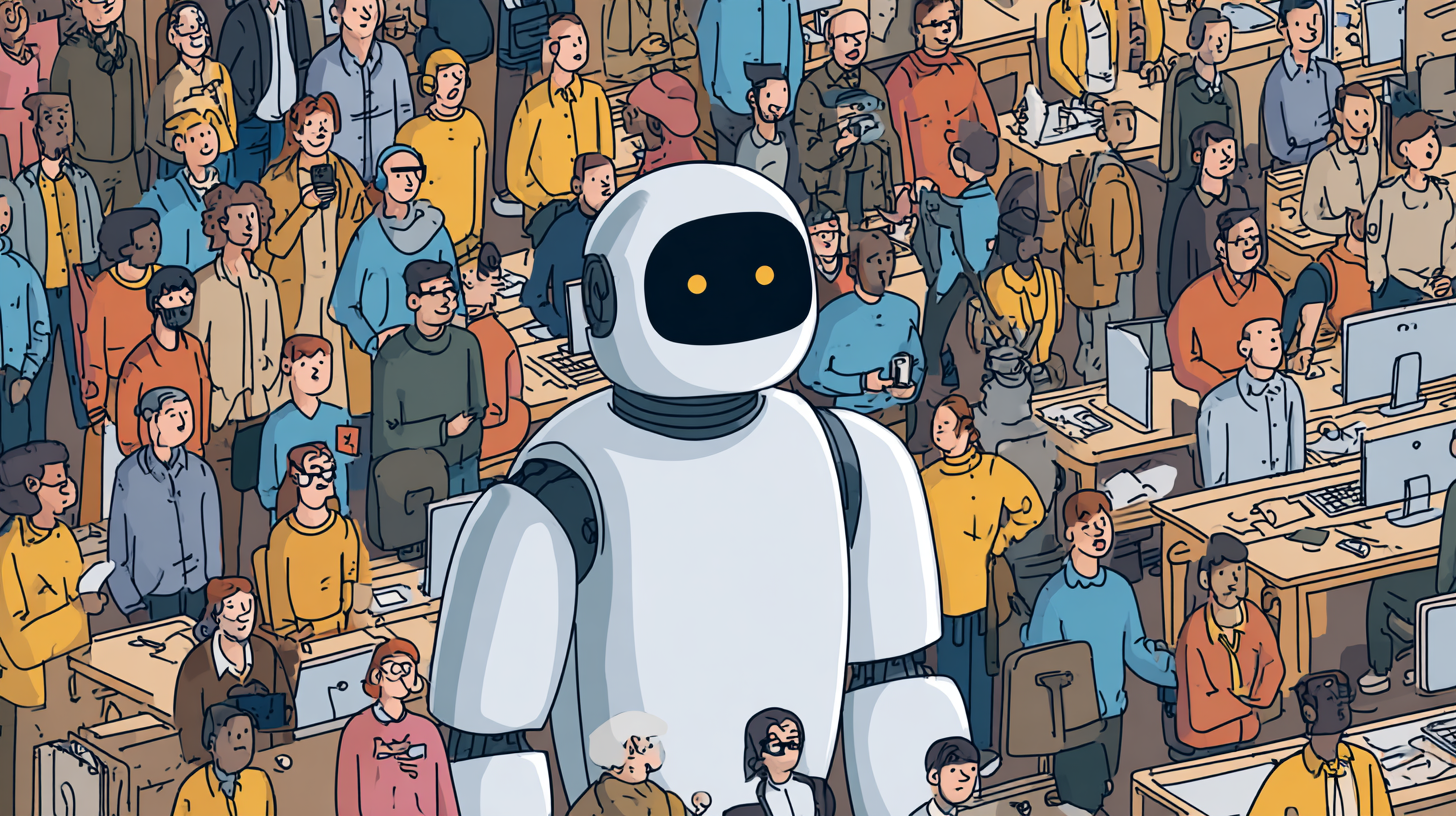Not long ago, I found myself at a backyard BBQ, sipping iced tea and making awkward small talk. When someone heard I write about tech, they asked, 'So, is my job safe from AI?' If you’d asked me a few years ago, I’d have shrugged and quoted some optimistic think tank. But now—even Ford’s CEO is openly predicting that half of all white-collar workers might get the boot. That’s not just a spooky headline; it’s real people, real careers, and yes, maybe real panic. So what does this mean for you, for me, for all of us hunched over laptops?
When CEOs Stop Sugarcoating: The Reality of AI Job Displacement
Let’s be honest—there’s been a lot of hand-waving and vague talk about the “future of work” ever since AI started creeping into our offices. But lately, something’s changed. CEOs are dropping the corporate jargon and getting real about the AI job displacement crisis. And if you’re paying attention, the message is loud and clear: the impact of AI on white-collar jobs isn’t just a distant possibility. It’s happening, and the numbers are staggering.
Take Jim Farley, the CEO of Ford. He’s not mincing words anymore. In a recent interview at the Aspen Ideas Festival, he said bluntly,
“Artificial intelligence is going to replace literally half of all white-collar workers in the U.S.”That’s not just a headline—it’s a wake-up call. For years, leaders danced around the topic, but now the c-suite is laying out worst-case scenarios, and honestly, it’s worth listening up.
And it’s not just Ford. Other CEOs are echoing these warnings. Executives from companies like Anthropic and Fiverr are predicting spikes in unemployment—some say as high as 20%—as AI continues to automate tasks that used to require a human touch. The days of euphemisms like “workforce transformation” or “digital upskilling” are fading. Now, we’re hearing direct talk about layoffs, job loss, and the reality that AI is replacing jobs at a scale we haven’t seen before.
Here’s what’s really striking: this isn’t just speculation. Research shows that 41% of global employers are already planning workforce reductions due to AI within the next five years. And, honestly, many aren’t even waiting that long. Tech giants like Microsoft, IBM, Meta, and Amazon have already cut tens of thousands of jobs, with AI automation cited as a key reason. The AI replacing jobs statistics are no longer just projections—they’re showing up in pink slips and severance packages.
It’s easy to feel like this is just another round of corporate fear-mongering, but the tone has shifted. CEOs on AI job loss are now talking about the scale and immediacy of the disruption. Farley’s prediction isn’t just about Ford or the auto industry—it’s about the entire landscape of white-collar work. He even pointed out that AI “will leave a lot of white-collar people behind,” and that’s a reality we can’t ignore.
Other leaders are just as blunt. Anthropic’s CEO, for example, has warned that the AI job displacement crisis could lead to unemployment rates we haven’t seen in generations. Fiverr’s leadership is preparing for a world where creative and administrative roles are automated at lightning speed. The message? This isn’t a drill.
So, what does all this mean for the average office worker? It means the conversation has changed. The people at the top are no longer sugarcoating the risks. The AI job displacement crisis is here, and the statistics are only getting more alarming. Whether you’re in HR, finance, marketing, or tech, the reality is that AI is coming for jobs—and the people making those decisions aren’t hiding it anymore.
Numbers Don’t Lie (But They Do Sting): The Data Behind Workforce Reduction
Let’s be real for a second—when it comes to workforce reduction AI, the numbers are starting to look less like a distant worry and more like a punch to the gut. I’m not just talking about a few isolated layoffs here and there. We’re seeing a wave, and it’s already crashing into some of the biggest names in tech. Microsoft, IBM, Meta, Amazon—these aren’t just companies, they’re institutions. And yet, they’re all making headlines for the same reason: AI is replacing roles that, until recently, seemed untouchable.
If you’re looking for cold, hard AI job loss statistics, here’s what we know so far. In 2025 alone, nearly 78,000 jobs have been lost to AI. And that’s not a number plucked from some worst-case scenario. That’s what’s already happened, just in the first half of the year. It’s a number that stings, especially if you’re in an industry where the writing is on the wall.
But what about the future? Is this just a blip, or the start of something bigger? According to the 2025 Future of Jobs Report, we’re only scratching the surface. By 2030, the forecast is that 92 million jobs could disappear globally thanks to automation and AI. That’s not just a tech problem. That’s a seismic shift in the way the world works.
Now, before you start panic-Googling “safe jobs from AI,” here’s a twist: the same report predicts that 78 million new jobs might be created by AI by 2030. The catch? They won’t always pop up where you’d expect. Some industries will shrink, others will explode with new opportunities. The trick is figuring out where you fit in this new landscape.
Let’s break down where the impact is hitting hardest. Research shows that writing, photography, software development, and parts of manufacturing are among the most vulnerable. If you’re in one of these fields, you’ve probably already felt the tremors. And it’s not just about losing jobs—it’s about the kind of work that’s changing. AI is filling roles that used to require a human touch, and it’s doing it at a speed that’s honestly a little dizzying.
Here’s a stat that really drives it home:
“By 2030, 14% of employees may need to change careers due to AI.”That’s not just a number, that’s millions of people having to rethink what they do for a living. Upskilling isn’t just a buzzword anymore—it’s a survival skill.
So, if you’re wondering about AI job displacement numbers, the reality is clear: the workforce is being reshaped right now. Layoffs aren’t just a tech story—they’re a global story, and the next chapter is being written in real time.
Beyond the Numbers: What AI Job Displacement Feels Like in 2025
Let’s be honest: the impact of AI on jobs in 2025 isn’t just a headline or a statistic. It’s something you feel in the pit of your stomach—especially if you’ve watched your office transform almost overnight. I’ve lived through both sides: the surreal moment when a robotic “colleague” joins the team, and the gut punch of seeing whole departments shrink, sometimes in a matter of weeks. It’s not just about the future of work with AI; it’s about what it feels like to be in the middle of it.
The numbers are staggering, sure. Microsoft and IBM have already replaced hundreds, even thousands, of HR and software engineering roles with AI systems. Wall Street banks are openly predicting workforce reductions of 3-10% by 2030, and if you listen to Ford CEO Jim Farley, the outlook is even more dramatic. He recently said, “Artificial intelligence is going to replace literally half of all white-collar workers in the U.S.,” and that “AI will leave a lot of white-collar people behind.” That’s not just corporate speak—it’s a warning that’s starting to feel real for a lot of us.
But here’s where things get complicated. Not everyone is losing out. Some people are retraining at lightning speed, moving into skilled trades, or finding new, tech-driven niches that didn’t exist a year ago. I’ve seen colleagues who once managed spreadsheets all day now running AI systems or designing prompts for generative models. Others are making the leap into roles AI can’t (yet) duplicate—jobs that require empathy, creativity, or hands-on skills. The AI workforce impact isn’t a one-way street; it’s a messy, unpredictable crossroads.
Still, it’s impossible to ignore the fear. Every time a new AI tool is rolled out, there’s a ripple of anxiety. Who’s next? What gets automated this quarter? The truth is, upskilling and constant adaptation are no longer nice-to-haves—they’re survival skills. If you’re not learning, you’re falling behind. That’s the new reality of the future of work AI is creating.
And yet, there’s this strange optimism that creeps in. Maybe your new “team member” doesn’t eat donuts or join in on office banter, but it does help you finish those quarterly reports in record time. Some of the drudgery is gone, freeing up hours for more creative, meaningful work. The transition is tough—sometimes brutal—but there are glimmers of hope in the chaos.
“Generative AI has enormous capabilities to make really significant changes in the economy and the labor force.” – Jerome Powell, Fed Chair
So, what does AI job displacement really feel like in 2025? It’s a mix of fear, opportunity, and a cautious hope that, as the dust settles, we’ll find new ways to thrive. The landscape is shifting fast, and while some doors are closing, others—unexpected ones—are opening. If there’s one thing I’ve learned, it’s that adaptation isn’t just a buzzword. It’s the only way forward.
TL;DR: AI is not just reshaping the workplace—it’s causing some seismic shifts. With major CEOs making bold predictions about job losses, especially in white-collar roles, the conversation is getting real fast. Stay informed, start building new skills, and don’t be surprised if your next 'colleague' speaks fluent code.



